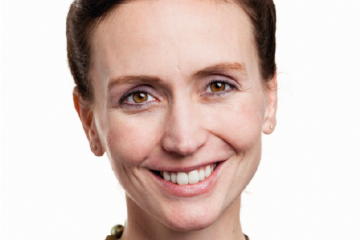PhD Studentship
Combining a fully synthetic hydrogel with human intestinal organoids to model pathological matrix remodelling in Inflammatory Bowel Disease

At a glance
Completed
Award date
October 2021 - June 2025
Grant amount
£90,000
Principal investigator
Professor Eileen Gentleman
Co-investigator(s)
Institute
King's College London
R
- Replacement
Read the abstract
View the grant profile on GtR
